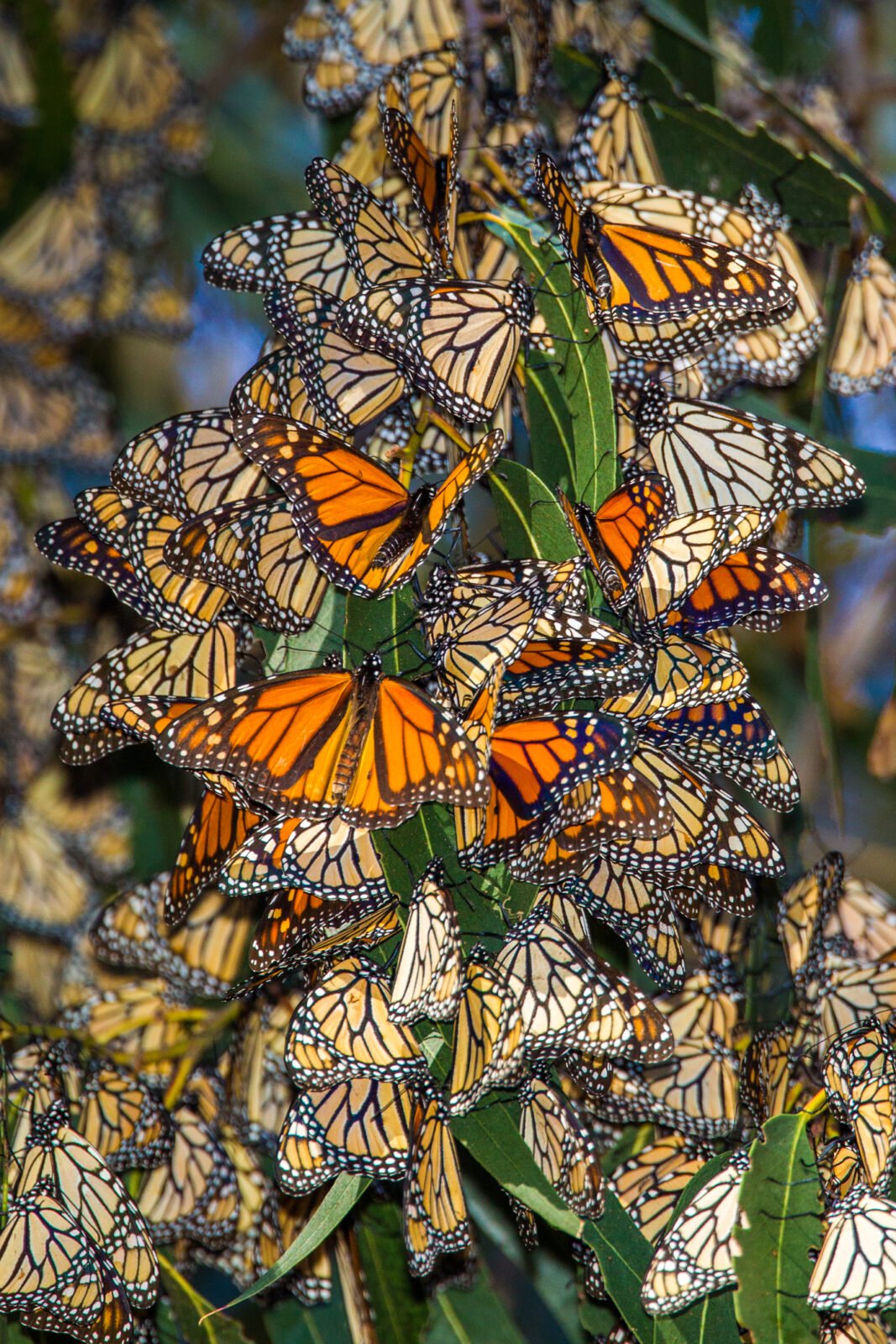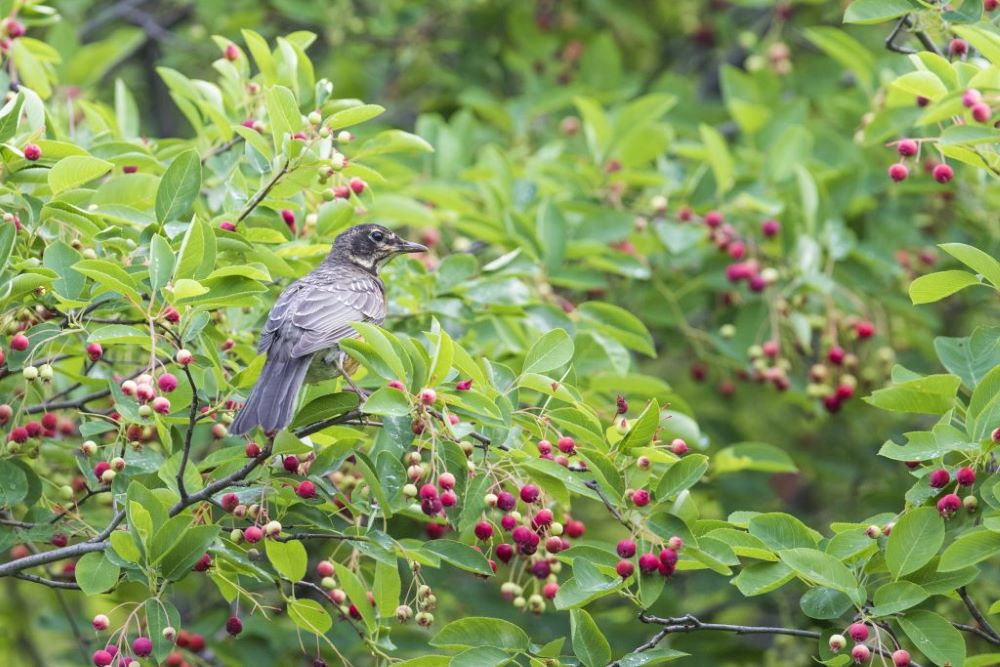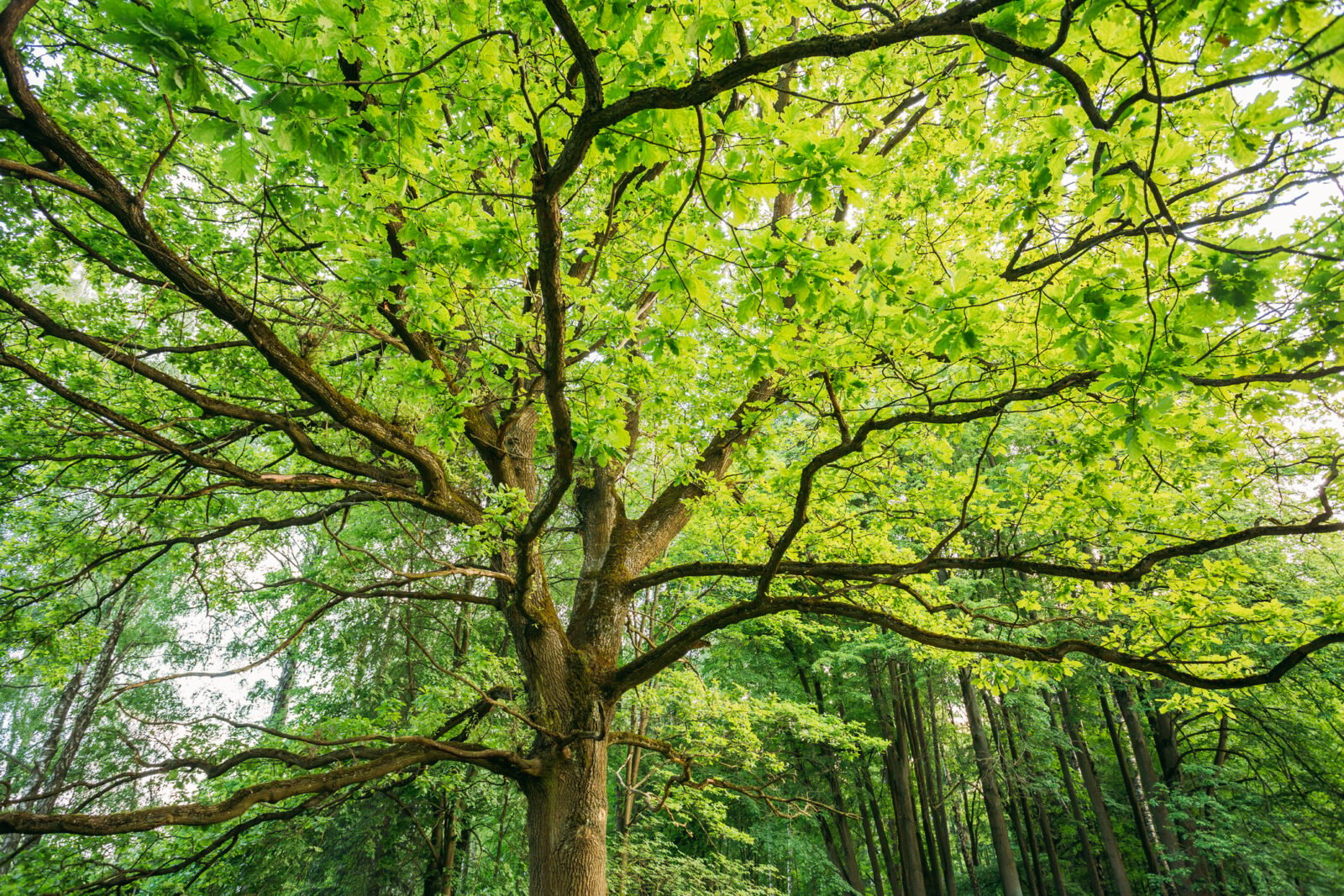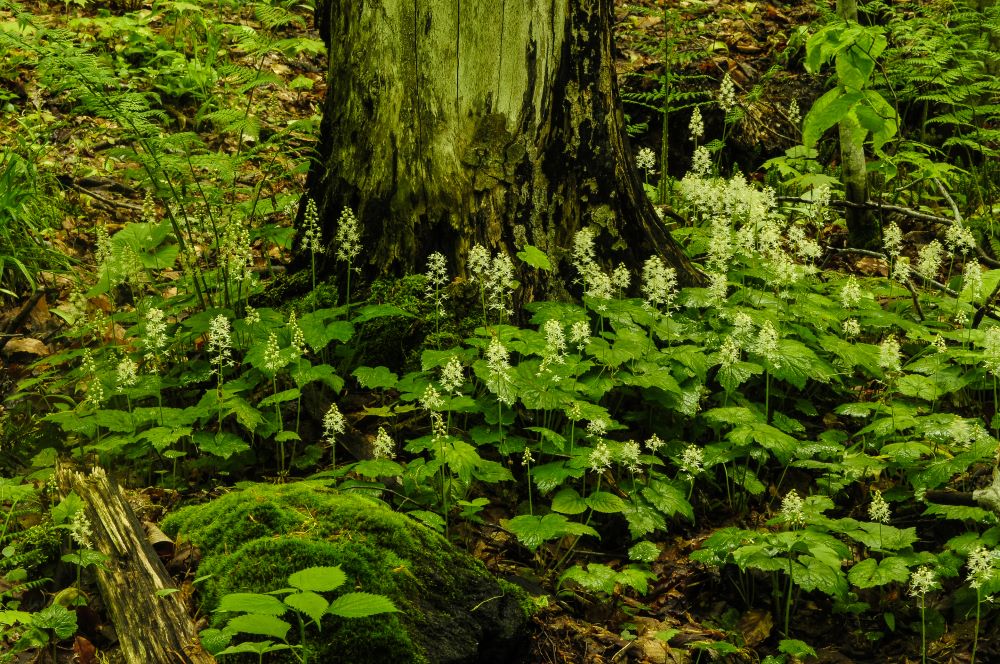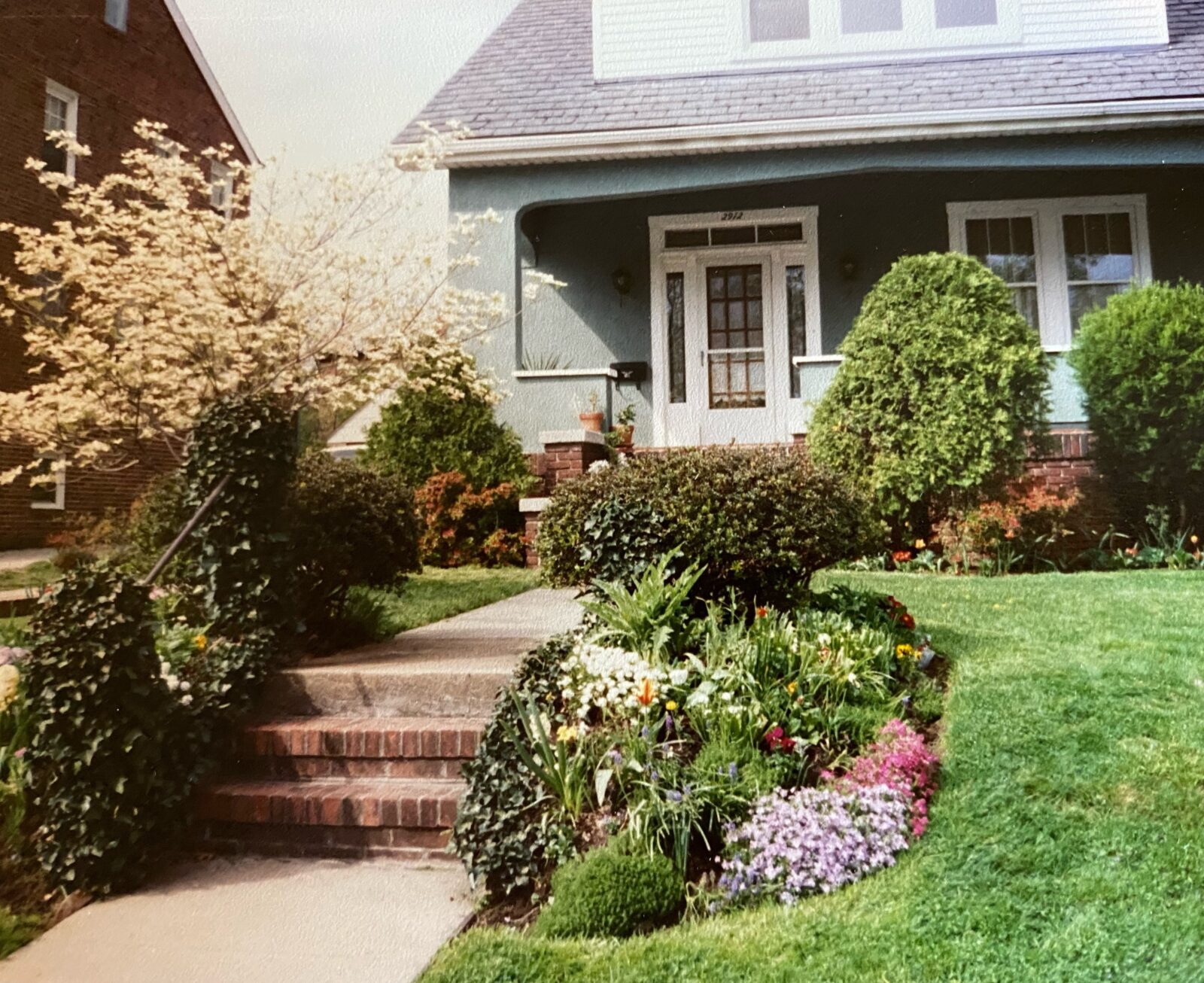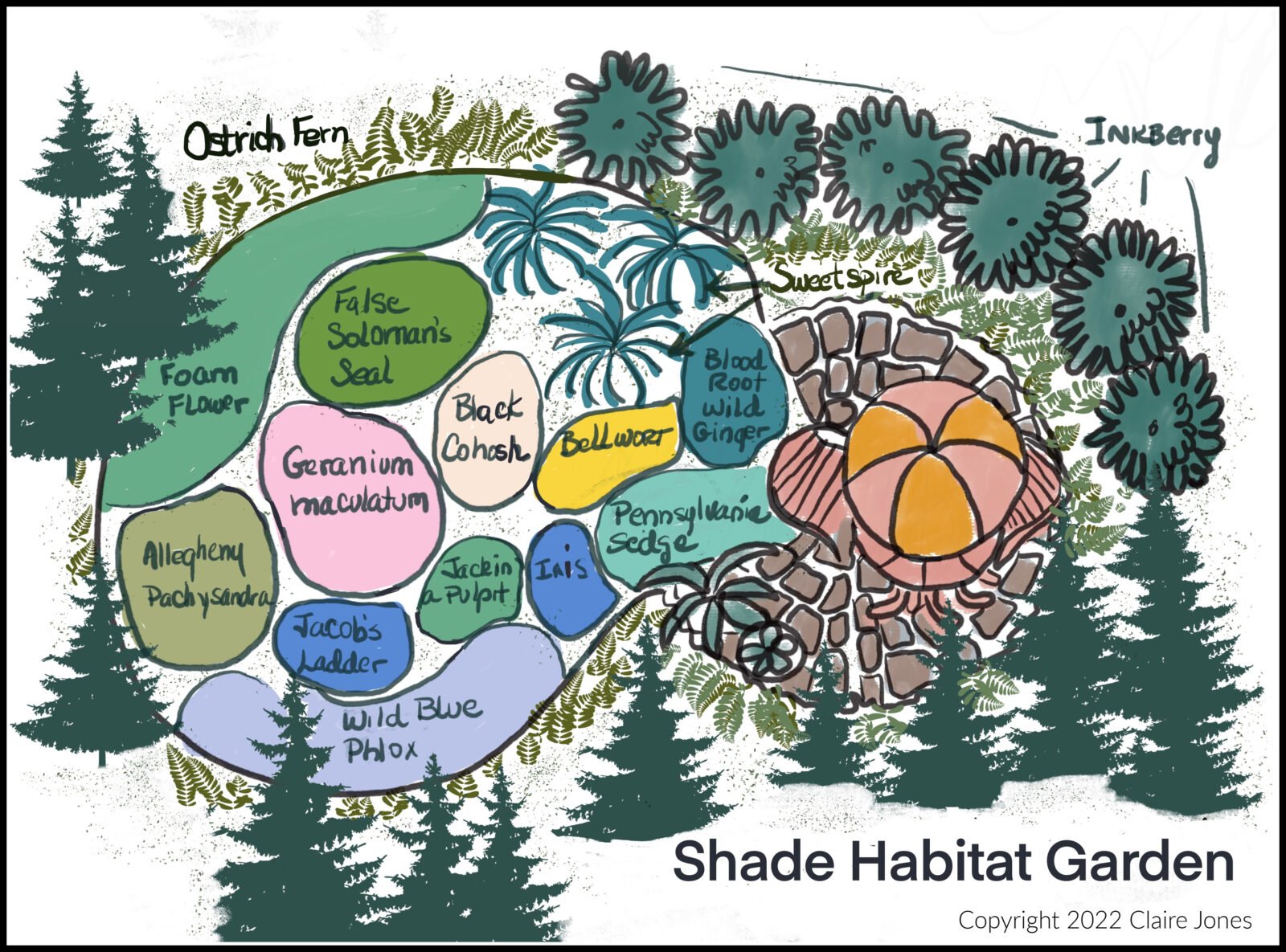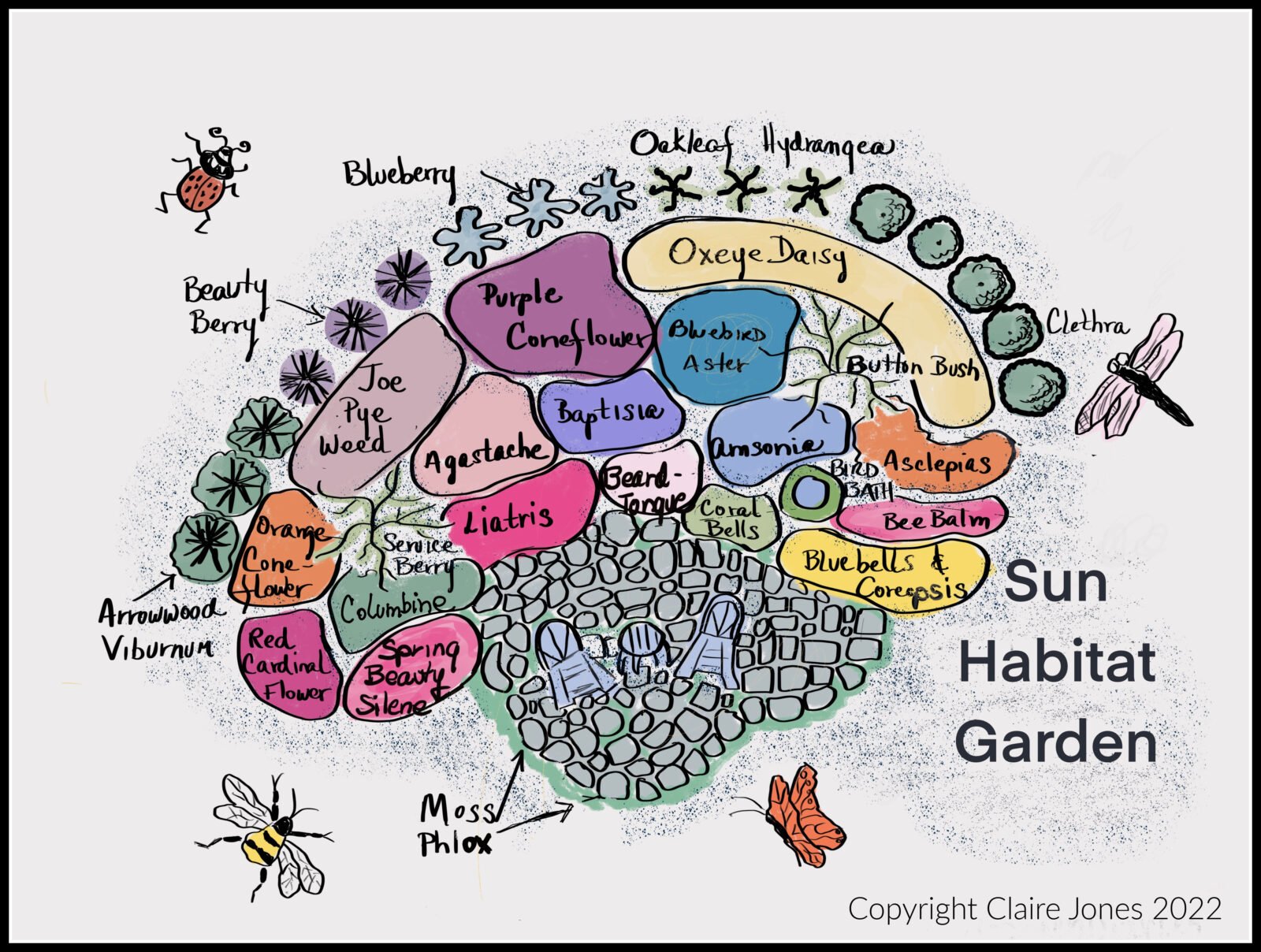You can “rewild” or return your landscape back to nature, is possible for even the most urban of environments. Stepping back and allowing natural processes to occur (reducing management of your yard) you can encourage wild plants and insects to return. Rewilding begins with recognizing native plants as the basis of the local food web that is essential for populations of native insects.
If you don’t have an outdoor space to manage, consider adopting a street tree or tending a sidewalk strip (if your county allows it), renting a plot in a community garden, or planting containers with natives. 10 Ways to Rewild Your Garden:
- Forget Tidy. Nature isn’t tidy, and by being neat and cleaning up all our garden debris, our properties become a desolate and sterile landscape to other living things. Leave those seed heads up and don’t clean every last leaf off of your lawns and planting beds.
- Ditch Chemicals. Homeowners are the biggest culprit of over-using chemical deterrents for pests which can remain in the environment long after they are used. This includes pesticides, weedkillers, slug pellets, and fertilizers. Look for seeds and plants that are free of chemicals.
- Plant Vertically. If you have mostly concrete or a paved property, think about growing native vines in containers; they can be easily trained to grow up a trellis next to a wall or in an unused corner. Several native vines, like Dutchman’s Pipe (Aristolochia macrophylla) or Trumpet Honeysuckle (Lonicera sempervirens) are frequented by hummingbirds and long-tongued insect pollinators and are host plants to many native insects.
- Add Water. A small basin or built in pond with some pond plants can greatly increase the biodiversity of your property. Native salamanders, frogs, toads, and other aquatic life will find it. Native toads need water, even a water filled ditch, to reproduce. I have a pond and frogs and toads populate it without me having to do anything.
- Stop or Decrease Mowing. If your county or HOA allows it, set aside an area of your lawn or the entire lawn that can grow up without mowing. This will increase the biodiversity with grass seed heads and wildflowers taking root and eventually trees. You can also mow pathways through your lawn for better access throughout the year or simply decrease the number of times that you mow. Oxeye daisies, goldenrod, and other wildflowers will quickly move in. Let your weeds flower in the lawn if you cut it. Blooming clover is a great nectar source for honeybees and native bees.
- Set Out the Welcome Mat for Animals. Install bird houses, bug hotels, and underground nests for bumblebees. Leave a pile of debris like sticks alone as animals will use it for shelter. Keep pithy stems up, like sunflowers or teasels, so insects can overwinter in them. Go to Bumblebee Conservation Trust to see how to make a simple Bumblebee habitat.
- Encourage Others. Talk to neighbors and persuade local schools or governments to become wilder, with less mowing and maintenance. Your ammunition is that rewilding can save money by reducing the time and manpower to cut lawns every week, not to mention lowering emissions from your gas-powered mower.
- Diversify. The more species of plants we plant, the more insects and other animals we entice into our yards. Instead of planting a large screen of Green Giant Arborvitae, plant a mix of deciduous and evergreen shrubs as a hedge. Aim for at least 70-80% of native plant species.
- Plant Native Trees. If you have the room, planting native species of oaks, cherries, willows, and poplars is one of the most important choices we can make in our backyard space. Native trees produce habitat and food for insects that in turn feed our songbirds that have catastrophically declined in numbers.
- Set an Example. Set up a yard sign that informs others what you are doing and encourage curious neighbors to stop and ask questions. Others will be inspired to follow your example.
Claire is a horticulturalist and landscape design consultant. Owner of Claire Jones Landscapes, LLC, Claire’s designed gardens have been featured in print publications like WSJ and Style Magazine. A garden writer at The Garden Diaries, Claire maintains 3 honeybee hives and gardens at her home in Maryland.
